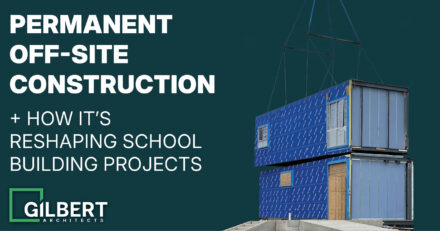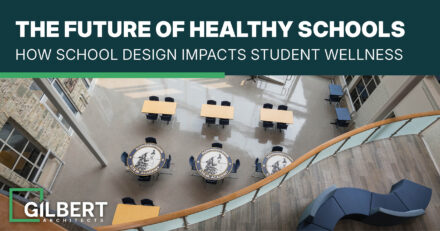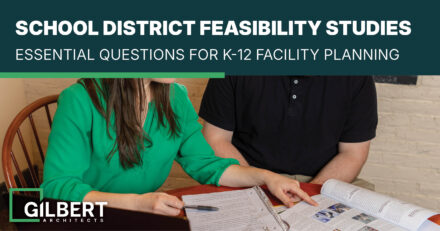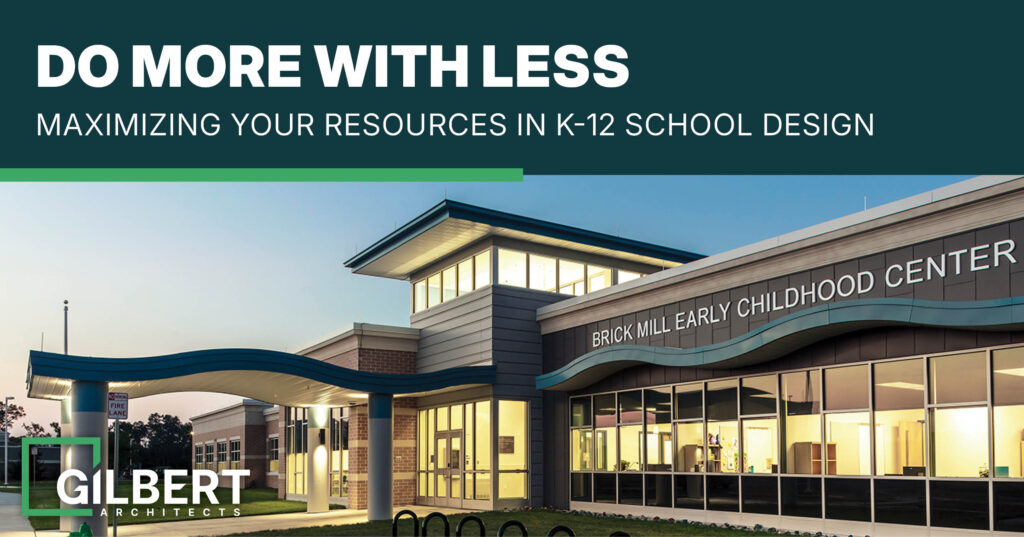
Put simply, value engineering, also known as cost-effective design evaluation, helps you get more with less.
And with all the factors that influence public school facility funding, being efficient with your resources leads to better buildings and learning environments.
In this article, we’ll explain the process of cost-effective design evaluation and outline the benefits it brings to K-12 building design.
What is Value Engineering?
Value engineering, or cost-effective design evaluation, is the practice of creating ideas that maintain or enhance the function of your facility while reducing costs.
That said, it’s important to note that cost-effective design evaluation isn’t just a cost-cutting measure.
These proposed ideas should not sacrifice quality, reliability, or performance. Instead, the process aims to optimize designs, materials, and methods so you can achieve your goals for less. It should maximize overall value for you and the end users: your teachers, students, and community.
Looking at Lifecycle Costs
At Gilbert Architects, our goal for the value engineering process is to work with our clients to develop integrated design solutions that are cost-effective, deliver long-term durability, and enhance functionality.
To achieve this, we have to look at total lifecycle costs. This includes initial construction costs as well as maintenance, operation, and replacement expenses.
This long-term look at expenses is important for educational facilities. With budget constraints and busy personnel, ensuring that buildings are affordable to maintain is a great target.
An architect who understands this helps you save your district money and time now and in the future.
The Value Engineering Process
While the exact process may vary from firm to firm, it should embody the following steps. It’s important to note that as the owner, you’ll maintain involvement throughout. Your insights will be integral to ideation and evaluation.
1. Gather Information
Good cost-effective design options don’t happen in a vacuum. In order to truly make suggestions that enhance the project, your design team needs a complete understanding of your goals for the project. Partnering with an architect who takes the time to listen to and embrace your vision is key to a successful value engineering process — and key to a successful project overall.
2. Generate Ideas
With a solid understanding of your objectives for the project, you and your design team will explore alternative ways to achieve those results. This could include different materials, design configurations, techniques, or approaches. These options should reduce costs and maintain or improve the resulting building.
3. Evaluate
Next, the team will vet these ideas to determine their feasibility, cost, and the overall implications of their implementation. Your project team should walk you through this process, explaining the benefits and potential drawbacks of each. This arms you with the information needed to make the best decisions for your project.
4. Implement
With a pathway agreed upon, your project team can then work through implementation. They should stay involved along the way, ensuring the desired outcome of the process is achieved.
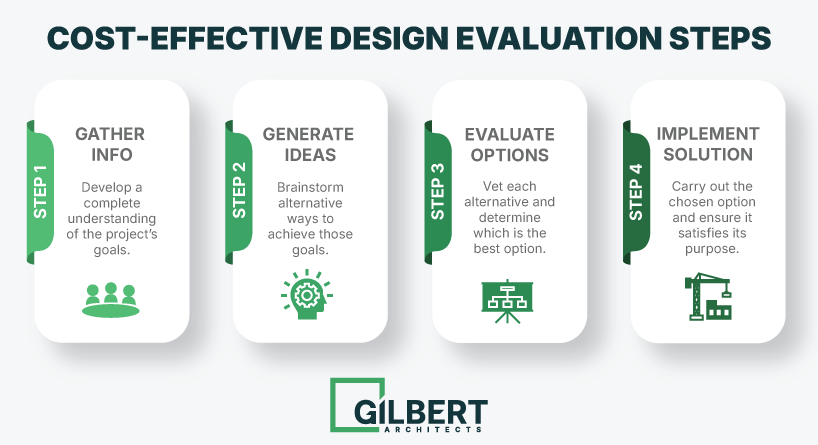
How Can Value Engineering Benefit Your School Project?
1. Cost Savings
Cutting down on project costs is often one of the main drivers of the cost-effective design evaluation process. By analyzing and optimizing designs through a value-first approach, schools can achieve significant savings without compromising quality.
In some cases, this can take a project from “unaffordable” to “in budget.” In other cases, it could free up resources to invest in additional areas or programs.
2. Enhanced Functionality
Cost-effective design evaluation isn’t about building the cheapest school possible. It’s about finding the ideal balance between cost and function. In some cases, the changes presented in this stage could lead to an even more functional space than was initially planned.
3. Improved Sustainability & Operating Savings
Energy-efficient systems, sustainable and durable materials, and other environmentally focused practices can reduce long-term maintenance and replacement costs.
Additionally, embracing a commitment to sustainable design can educate students on the importance of environmental stewardship.
While some of these improvements could cost more initially, they can drive substantial long-term savings. If your budget can support spending a little extra initially, it could drive year-over-year reductions in operating expenses. This can free up money for educational programs instead of sinking funding into continuous facility upkeep.
4. Reduced Schedules
Cost-effective design evaluation suggestions and changes may also help reduce the project’s timeline, getting your students into new classrooms sooner.
While this may not always be the aim, and it may not always be achievable, streamlining the process and focusing on essential functionalities can help expedite the project.
5. Customization
This process shouldn’t strip away the customizations in the design of your school.
The cost-effective design evaluation is meant to align your resources with your desired outcomes. By working with the right design team, they’ll have a deep understanding of your vision, so they can remove what doesn’t fit, and work towards creating a design that better matches your vision and your budget.
You’ll also have a seat at the value-engineering table, contributing to the discussion and evaluating ideas to ensure components essential to your vision aren’t erased or diminished.
A Successful Cost-Effective Design Evaluation
Schools need a variety of spaces to support the various student-enrichment programs. What is needed to do this is only increasing as we prepare the next generation for the challenges of the 21st century.
Classrooms, cafeterias, group learning spaces, gyms, administrative spaces, and more all play a fundamental role in creating well-rounded students. Cost-effective design evaluation helps to ensure you’re creating the best spaces with your available resources.
With a comprehensive approach to all these factors in the cost-effective design evaluation, you can be sure that your team is setting you up for long-term success by maximizing your resources during the design and construction phases.

